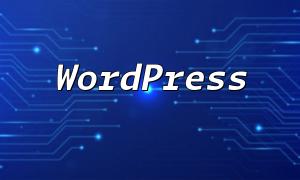Laravel Vapor, as a serverless deployment platform, enables developers to easily manage and scale their Laravel applications on Amazon Cloud. This article will provide a detailed guide on how to deploy a Laravel application using Laravel Vapor and follow the best practices for Google Search Engine Optimization (SEO).
Laravel Vapor is a serverless deployment platform designed to simplify the deployment process of Laravel applications. By hosting applications on Amazon AWS, Vapor not only boosts performance but also automatically scales resources to meet user demands.
By using Laravel Vapor, developers can enjoy many benefits:
Before getting started, you need to complete the following steps:
composer global require laravel/vapor-cli
Make sure that you have installed the Laravel Vapor CLI so that you can create and manage your projects.
If you don't already have a Laravel project, you can create a new one using the following command:
composer create-project --prefer-dist laravel/laravel your-project-name
Next, you need to run the following command in the root directory of your project to generate the vapor.yml file:
vapor init
In the vapor.yml file, you need to configure the application's related information, including environment variables, database, and service settings.
Once you've completed the configuration, you can use the following command to deploy your application to Amazon Cloud:
vapor deploy
This command will automatically handle all the deployment steps and publish your Laravel application to the AWS environment.
For Laravel applications that want to achieve a good ranking on search engines, it is crucial to focus on SEO strategies:
By deploying your Laravel application on Amazon Cloud using Laravel Vapor, you can not only enhance your application's performance but also streamline management processes. The scalability and serverless architecture ensure that your application can handle fluctuating user demands. While deploying, implementing good SEO strategies will further boost your application's visibility in search engines.









